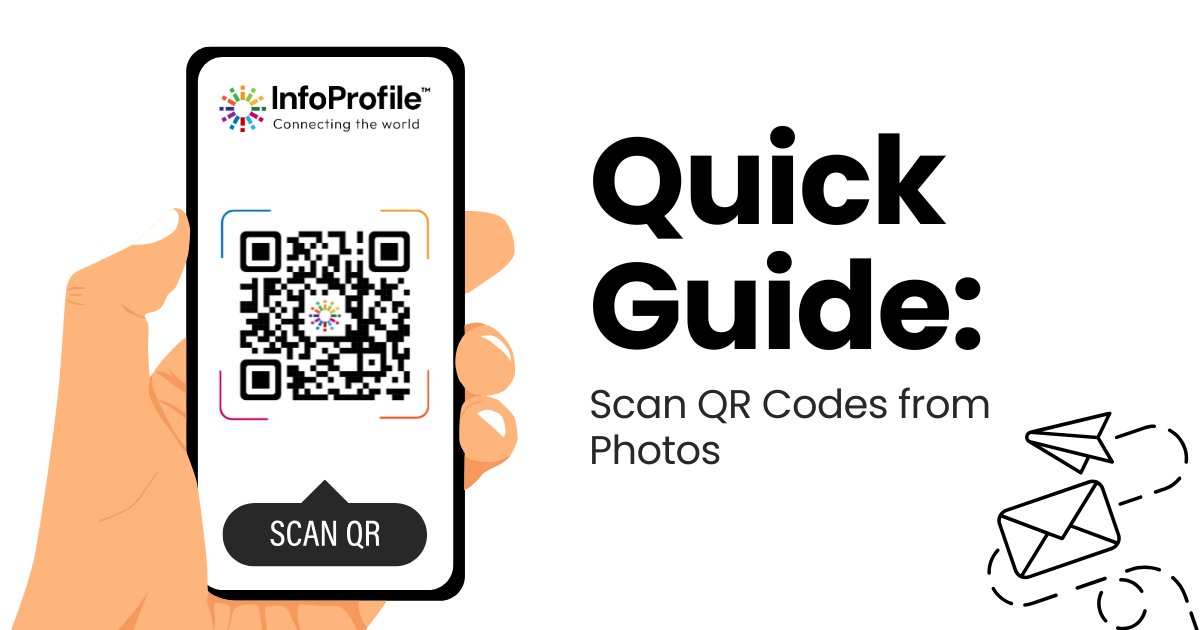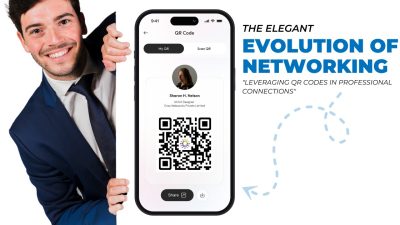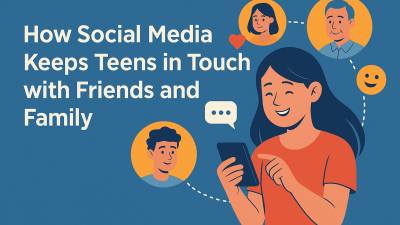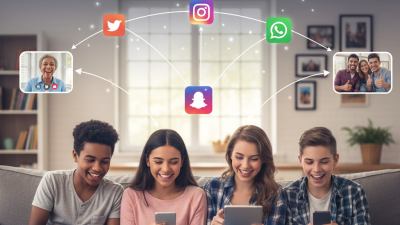What is Scanning a QR Code from Photos on Your Device?
We’ve all been there — someone sends you a screenshot with a QR code, or you save one from a website, but you’re not sure how to scan it later. Scanning a QR code from photos simply means using your device to read a QR code that’s already stored in your gallery, rather than pointing your camera at it in real time. Whether it’s a QR code from a screenshot, an image you downloaded, or a saved digital flyer, modern phones make it surprisingly easy to scan QR codes directly from these images — no second device needed.
Why Scan QR Codes from Photos?
Not every QR code you come across is meant to be scanned on the spot. Sometimes, you receive one in a WhatsApp chat, take a screenshot during a webinar, or save it from a website for later. Scanning QR codes from photos gives you the flexibility to access important links, payments, or information whenever you want — without rushing. It’s a handy way to revisit QR codes you’ve stored, especially when you’re not near the original source or need to use the code more than once.
Common Types of QR Codes Saved as Images
QR codes have become an everyday tool — from marketing to payments, they’re everywhere. And often, instead of scanning them immediately, we end up saving them as screenshots or photos for later. But what kinds of QR codes are most commonly stored this way?
1. App Download Links:
One of the most common uses of QR codes is to link directly to app download pages. Whether it’s an app promo from a poster, an ad you saw online, or a shared image from a friend, people often save these QR codes from pictures to install the app later. Instead of searching manually in the App Store or Google Play, scanning a saved QR code takes you right to the app page.
2. Payment Codes:
Mobile payments are booming, and so is the trend of scanning QR codes for transactions. A lot of users take screenshots of UPI or other payment QR codes to make transfers later — especially when they’re sent over messaging apps or email. With just a tap, you can scan a QR code from a photo in your gallery and complete the payment instantly.
3. Product Info and Coupons:
Retailers love using QR codes for sharing product details, special discounts, or limited-time offers. Shoppers often screenshot these QR codes from online banners or emails to use them at checkout — online or in-store. When it’s time to shop, all you need to do is scan the QR from the image, and you’re good to go.
Whether you’re using iOS or Android, the ability to scan a QR code from your saved images is incredibly convenient — turning a simple photo into instant access to whatever info or service the code contains.
Where Do You Usually Encounter QR Codes in Images?
We come across QR codes in images more often than we realize. From a friend’s screenshot to a flyer you saved from Instagram, QR codes are hiding in your photo gallery — waiting to be scanned.
1. Screenshots from Chats or Emails
Many people send QR codes through WhatsApp, email, or Telegram — for payments, links, or event registrations. If you can’t scan them immediately, saving the image lets you come back to it later.
2. Webinar or Presentation Slides
During online sessions or conferences, QR codes often pop up as quick ways to download resources, fill out forms, or access exclusive offers. A fast screenshot and you’re set to scan it later.
3. Social Media Posts or Ads
Instagram stories, tweets, or Facebook ads frequently include QR codes. Whether it’s a coupon, registration link, or product info — people often save these images to revisit later.
4. Digital Business Cards
One of the smartest places QR codes show up is on digital business cards. With networking going digital, apps like Infoprofile are making it easier than ever to connect. Infoprofile lets users create their digital identity — complete with a QR code that others can scan to access their contact details, company, and more.
Let’s say someone shares their Infoprofile QR via email or a screenshot. Instead of hunting for it again, you can simply open the saved image and scan the QR code directly.
From casual connections to professional exchanges, these image-based QR codes — especially for digital business cards like Infoprofile’s — are becoming a key part of how we communicate and share info in today’s fast-paced world.
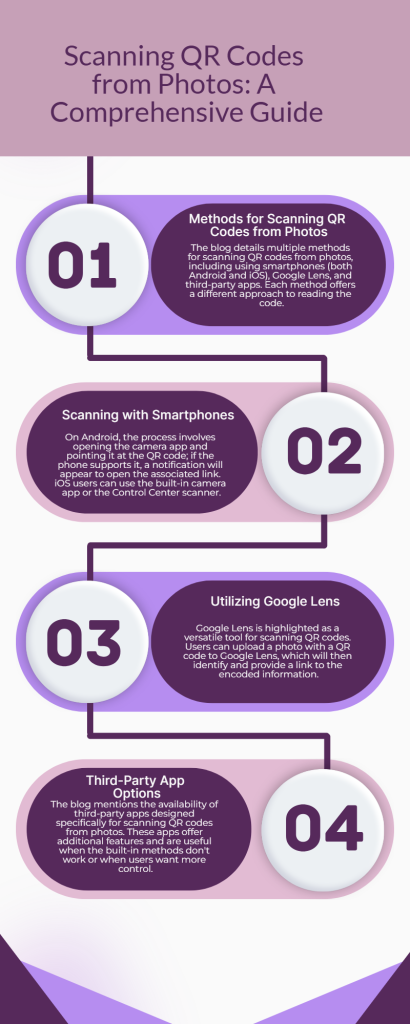
How to Scan a QR Code From an Image (iOS & Android)
Want to scan a QR code from a picture on your phone? Whether you’re on iOS or Android, the process is simpler than you think — here’s a step-by-step guide to help you out:
1. Confirm Your Image Is Clear
Before anything else, make sure the QR code in the image is sharp and not cropped. Blurry or low-resolution screenshots can confuse your scanner.
2. Check Built-in iOS Features
On iPhones (iOS 15 and above), the built-in Photos app can automatically recognize QR codes. Just open the image, and if a QR code is detected, a yellow frame and link will appear — tap to scan.
3. Utilize Android’s Built-in Lens or Assistant
On Android, Google Lens is your best friend. Long-press the image or open it in Google Photos and tap the Lens icon to scan. You can also ask Google Assistant to scan a QR code from an image.
4. Explore Specialized Third-Party Apps
If your default apps don’t support this feature, try a third-party QR code reader app like QR Scanner, QRbot, or Kaspersky QR Scanner. These let you upload images from your gallery and scan instantly.
5. Adjust Settings to Maximize Accuracy
Ensure permissions for image access and camera are granted. Some apps might need access to files before they can scan QR codes from photos.
6. Conduct Tests and Troubleshoot
If scanning doesn’t work, try adjusting brightness or contrast on the image, or re-save it in higher resolution.
7. Keep Security in Mind
Be cautious about scanning QR codes from unknown or untrusted sources — they might lead to phishing sites or malicious downloads.
Tips on Effective Image-Based QR Code Scanning
To make the process even smoother, here are a few quick tips when you plan to scan a QR code from an image later:
1. Organize Your Gallery
Create a dedicated album for saved QR codes. It makes it easier to find and scan them without endless scrolling.
2. Clean and Clear Screenshots
Avoid taking screenshots with overlapping elements like chat bubbles, glare, or low brightness. A clear QR code from a photo improves scan accuracy significantly.
A little prep goes a long way when it comes to reliable QR scanning from your device!
FAQs About Scanning QR Codes from Photos
Q1: What is the simplest way to scan an image-based QR code on iOS?
The easiest method is to open the image in the Photos app. If your iPhone is running iOS 15 or later, it will automatically detect the QR code. You’ll see a pop-up or a yellow frame around the code — just tap it to access the link. No need to install extra apps to scan a QR code from a photo.
Q2: How can I scan a QR code from a screenshot on Android devices?
On most Android phones, open the screenshot in Google Photos, then tap the Lens icon. It will quickly scan the QR code and show the link or action. You can also long-press the image using Google Assistant and select “Search image with Lens” to scan a QR code from a picture.
Q3: Do I need a special QR code reader app for scanning images?
Not always. iPhones and most Android devices can scan QR codes from images using built-in tools like Photos, Lens, or Assistant. However, if those don’t work or you want more features, you can try free QR code reader apps like QRbot, NeoReader, or Kaspersky QR Scanner.
Q4: Why might my scanner fail to detect the code in a photo?
There could be several reasons: the QR code is blurry, cropped, too small, or the image has poor contrast. Sometimes overlapping elements (like text or emojis on a screenshot) can block detection. Try using a cleaner, high-resolution version of the QR code.
Q5: Which security concerns should I watch for while scanning QR codes?
Always be cautious when scanning a QR code from an image, especially if you don’t know the source. Some codes can redirect to phishing sites or trigger malicious downloads. Avoid scanning codes from suspicious emails, unknown contacts, or sketchy websites.
